The Maxell MXCP-P100 cassette tape player comes in black and white color options, and is available in Japan for 13,000 yen.
Image Credit: Maxell, hypebeast, maxell-usa
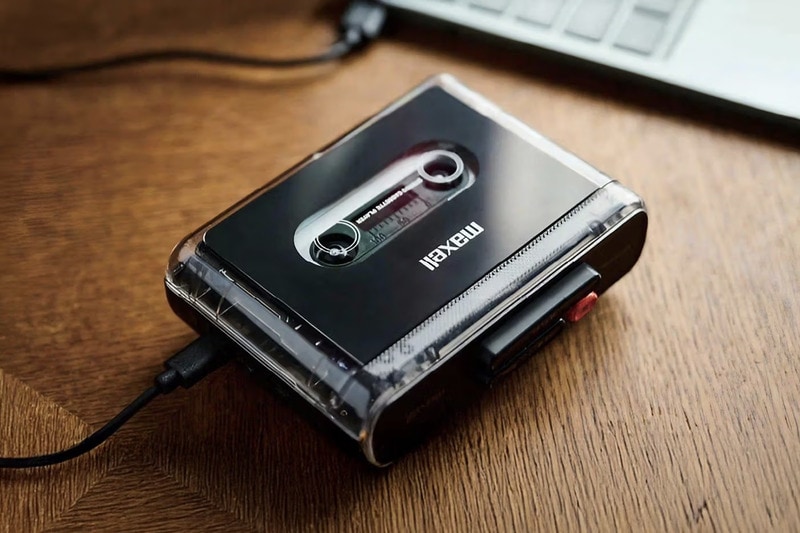
The Maxell MXCP-P100 cassette tape player comes in black and white color options, and is available in Japan for 13,000 yen.
Image Credit: Maxell, hypebeast, maxell-usa
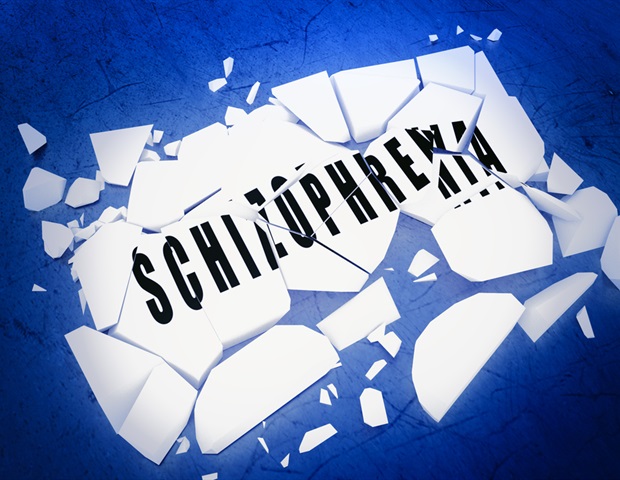
The most effective antipsychotic drug for people with treatment-resistant schizophrenia is clozapine.
Yet, across the world, it remains underused – largely due to fears about serious side effects and burdensome monitoring requirements.
New international consensus guidelines were developed through a research method, known as a Delphi process, that used a series of surveys with experts and people taking clozapine. These guidelines offer a pathway to safer, more practical, and more patient-centred care.
Clozapine is often the last resort for people with schizophrenia who haven’t responded to other medications.
For many, it is life-changing – reducing symptoms, hospitalisations, and even suicide risk.
But it’s not without risks. A key concern is a rare side effect: severe neutropenia, where the body’s white blood cells drop to dangerously low levels, increasing infection risk.
In response to a cluster of 8 patient deaths due to neutropenia (a lack of white blood cells) in Finland the mid-1970s, most countries introduced mandatory and ongoing blood tests to monitor patients’ neutrophil (a type of white blood cell) levels.
These requirements, particularly the need for regular blood tests – sometimes weekly or monthly for years – are a major barrier to starting and continuing clozapine.
Patients and clinicians alike often find the process frustrating, confusing, and overly cautious.
Recent large-scale studies from Australia, New Zealand, Finland, and Chile have shown that the risk of severe neutropenia with clozapine is highest in the first few months of treatment – then drops dramatically. By 2 years, the risk is near zero.
Yet despite this, many countries still require routine monitoring for the entire duration of treatment.
The result? Some patients have their treatment stopped unnecessarily. Others are never offered clozapine at all.
During the COVID-19 pandemic, some jurisdictions relaxed their monitoring requirements for people stable on clozapine.
Reassuringly, there was no increase in adverse events.
To address this, our research group convened an international panel – including psychiatrists, pharmacists, researchers, and people with schizophrenia taking clozapine – to develop consensus guidelines for clozapine monitoring.
The panel reached strong agreement on these major changes:
We didn’t just rely on clinical opinion. We also ran focus groups with people taking clozapine.
Their message was clear: while they valued clozapine’s benefits, they wanted more say in how their care was managed.
Patients described the blood tests as a significant burden – particularly when travelling or working.
They were open to continuing some health checks, if it felt relevant and necessary.
Many welcomed the idea of a side-effect checklist to guide conversations with their doctors, helping raise sensitive topics like involuntary urination or sexual side-effects that can otherwise go undiscussed.
Adverse drug reactions associated with clozapine are not just inconvenient – they can be deadly.
Constipation and pneumonia, for example, are the two leading causes of clozapine-related deaths.
Other adverse reactions such as sedation, reflux and urinary issues significantly affect quality of life and physical health.
There is a risk that if health services stop monitoring neutrophils, they might stop monitoring everything else.
But neutrophil monitoring is just one part of a bigger picture. What is essential is not less monitoring overall, but better-targeted monitoring that focuses on the most pressing risks to health and safety.
That’s why the panel recommended long-term monitoring of a comprehensive set of adverse drug reactions.
The new guidelines promote a shared-care model, where GPs and psychiatrists work together to monitor clozapine’s effects.
This includes regular checks for metabolic health, cardiovascular symptoms and gastrointestinal side effects, among others, every 3 months.
Routine ECGs or echocardiograms aren’t recommended unless there are clinical concerns.
Where possible, monitoring clozapine levels in the blood can help fine-tune dosing – particularly if patients get sick, change smoking habits, or start new medications.
These changes can reduce unnecessary treatment interruptions, lower health system costs, and, most importantly, improve patient experience.
Many health systems still mandate outdated monitoring rules and updating these policies won’t be easy but it is necessary.
The evidence is clear: continuing lifelong, intensive monitoring is not supported by data, and it risks harming the very people clozapine is meant to help.
It’s time to bring clozapine care into the 21st century – grounded in evidence, shaped by patients, and delivered with compassion.
The research is published in Lancet Psychiatry.
Source:
The University of Queensland
Journal reference:
Siskind, D., et al. (2025). Absolute neutrophil count and adverse drug reaction monitoring during doi.org/10.1016/S2215-0366(25)00098-7.
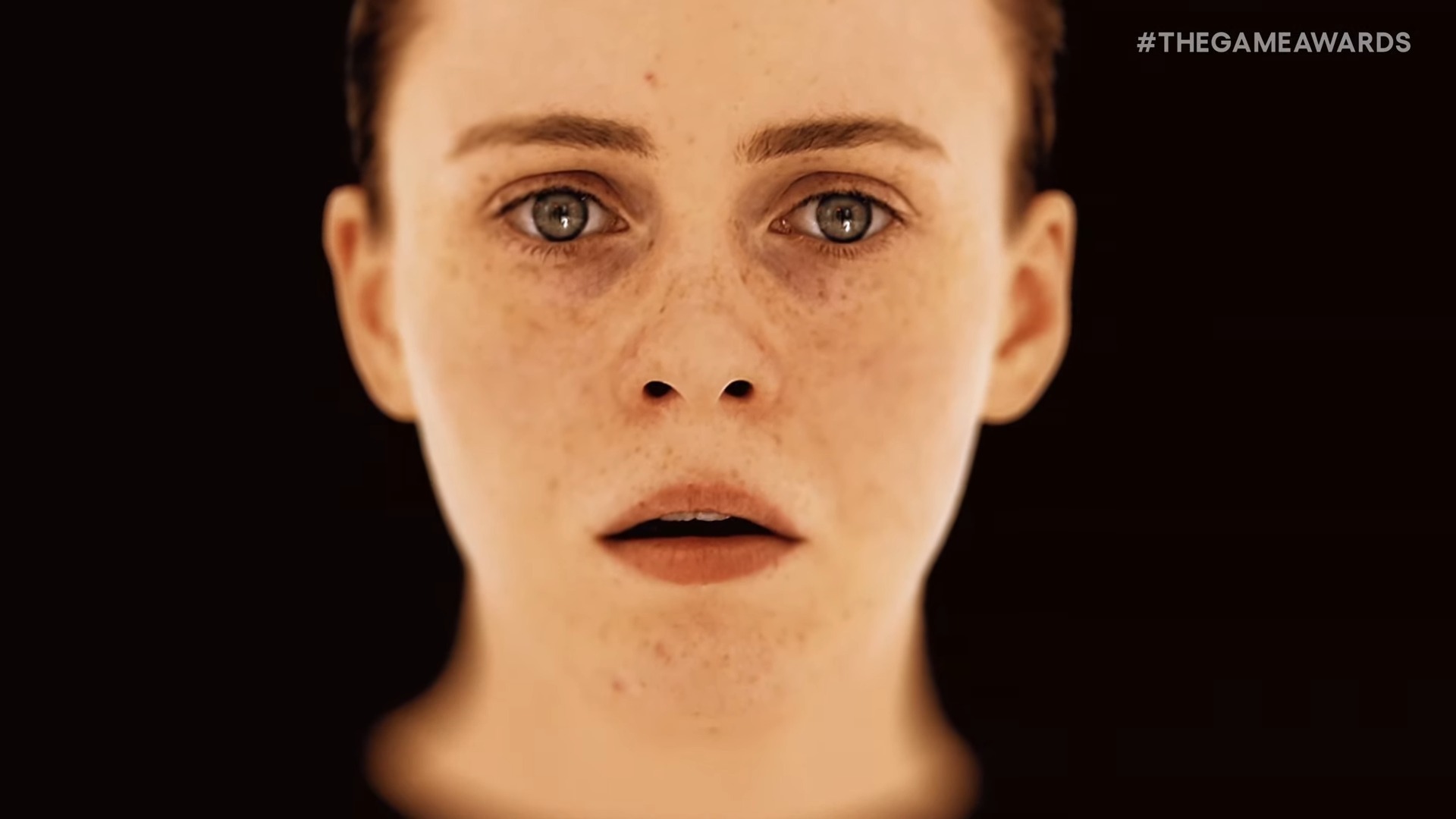
This past week, Microsoft laid off 9,000 staffers, with many hundreds from within the firm’s Xbox gaming division.
As part of the cuts, which Windows Central understands to be designed to help Microsoft fund an $80 billion AI infrastructure investment, Xbox culled various upcoming game projects.
The Initiative was shut down, leading to the cancellation of Perfect Dark. Everwild at Rare was cancelled, with many senior veteran designers losing their jobs. ZeniMax Online Studios’ new MMORPG was culled too, despite Xbox CEO Phil Spencer reportedly loving the game.
Many second party projects were cancelled too. These are games developed by external teams, but funded by and published for Xbox. We learned that Romero Games’ upcoming shooter was funded by Xbox, and its cancellation has basically ended the entire studio. The fates of other games have been up in the air, as many of them were revealed, and have subsequently been utterly absent for many years in some cases. But I can confirm that at least one of these projects still lives, for now.
Watch On
Teased almost two years ago, Death Stranding and Metal Gear Solid legend Hideo Kojima revealed OD, a horror title that remains utterly shrouded in mystery.
I’ve seen some speculation online that this game may have also been hit by the cutbacks, but according to our sources, that isn’t the case. At least for now.
As evidenced by Microsoft’s touting of games like Everwild, which Microsoft went on the record to suggest was coming along nicely and would “get the time it needs,” CEO Satya Nadella’s Microsoft is willing to sacrifice projects with high potential on the altar of artificial intelligence. Or well, whatever other new tech fad takes Microsoft’s fancy.
I’m still investigating the fate of other Xbox projects, including Contraband, which has been AWOL for many years at this point. Contraband is (assumedly) in development at Avalanche, formerly codenamed Typhoon. The game is supposed to be some sort of heist ’em up game, with an emphasis on Avalanche’s signature vehicular combat systems. Contraband, however, has had its trailer pulled from Xbox’s YouTube, which doesn’t bode well — it has been suggested to me that this may have been due to a music license expiring, though, so we’ll see.
RELATED: Why Microsoft’s enshittification of Xbox, Surface, and even Windows itself — are all by design
As the fallout from the layoffs continues to settle, I’m sure we’ll hear other news about cancelled projects and reduced commitments. The absolute carnage Microsoft cut across its gaming team this past week is going to be felt for a long time. The accounts I’ve heard from those who were utterly blind-sided by the callousness of these layoffs have been nothing short of heartbreaking.
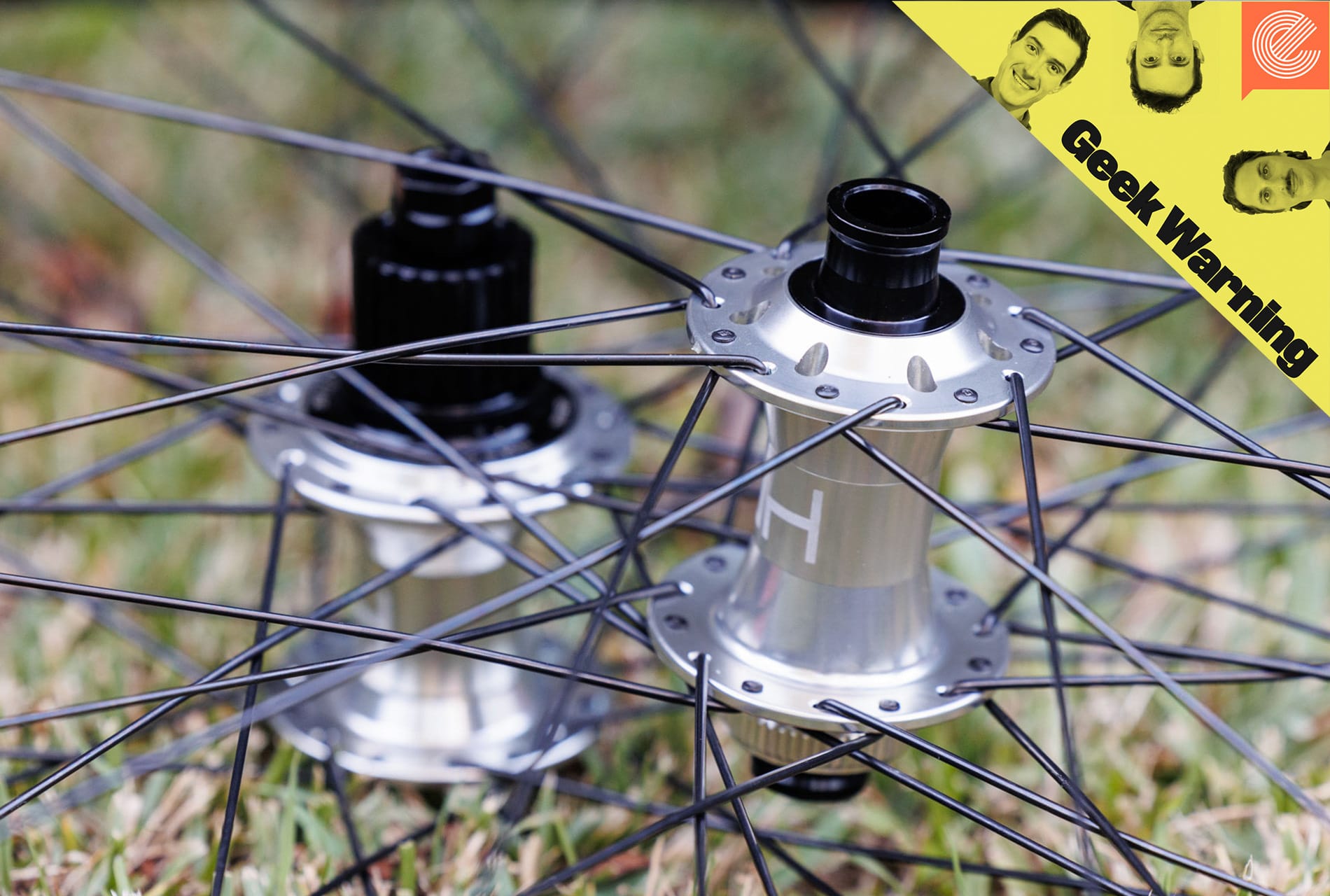
A week where Ask a Wrench is open to all. Plus, chatting kids’ stuff at Eurobike, Enve’s unexpected development, and problematic advice from brands on social media.
The drowsiness of Eurobike has barely faded just as the Tour is about to kick off. This week, Escape’s tech team members Suvi Loponen, Ronan Mc Laughlin, and Dave Rome are on Geek Warning to discuss the biggest tech of the week and some things on their minds.
A recap of Eurobike is provided by Suvi, along with pondering what the future holds for this event that seems to be in decline.
Ronan and Dave go deep on Enve’s new road wheels, which quite surprisingly, have a hooked rim. That’s big news from a company that pioneered the hookless road space.
Dave poses the impossible question of what coloured spokes he should choose. And there’s a fun PSA related to the countless problematic adverts seen from brands that create maintenance products.
The end of the episode wraps with our usual Ask a Wrench segment. This is typically exclusive to members of Escape Collective, but not this week! This week is a free week and so everyone will hear the full member-only version that includes pro race mechanic Brad Copeland answering a few member-submitted technical questions.
Time stamps:
1:00 – Eurobike recap and whether such trade shows are still relevant
18:20 – A deep chat on Enve’s new SES 4.5 Pro going hooked
33:00 – Canyon’s new Grizl and a new weird handlebar
38:30 – On Dave’s mind: Silver hubs, but what coloured spokes?
44:00 – PSA: Be cautious of maintenance product brands giving you maintenance advice on socials.
48:00 – Apidura’s Aero System
53:00 – Ask a Wrench (open to all for this week!)
54:30 – Footwear for mechanics
1:03:00 – How to find a mystery clicking noise
1:14:00 – General thoughts on hitch racks
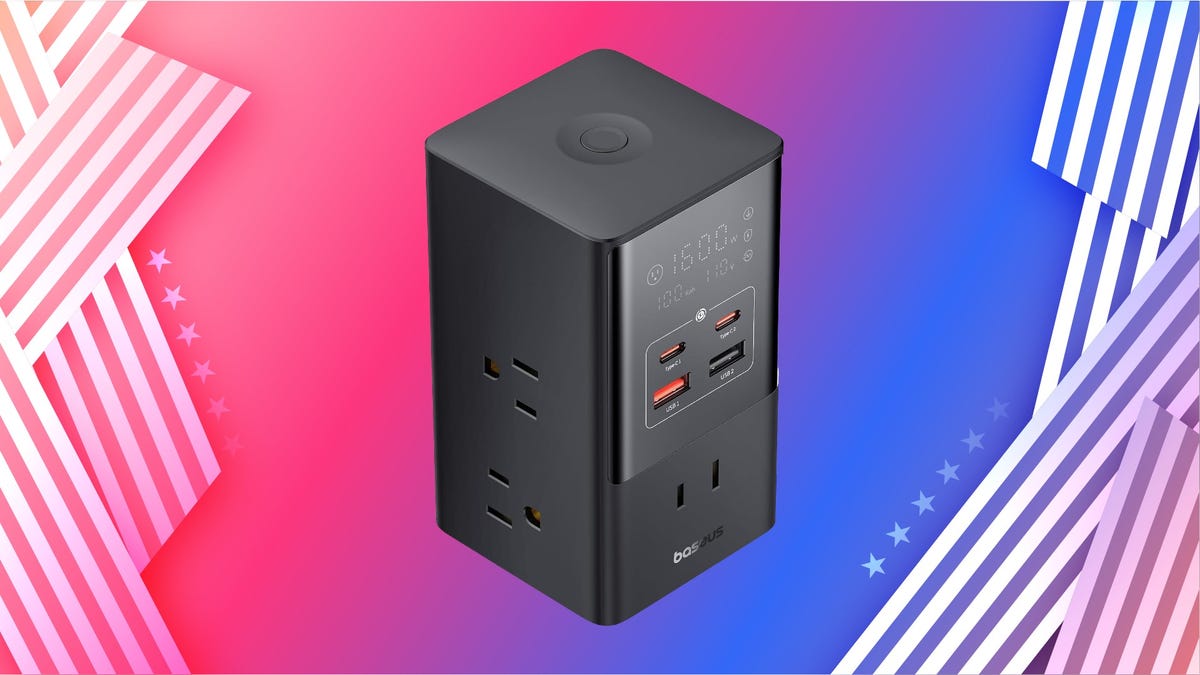
Keeping all your gear charged can be a job unto itself, and it gets more complicated when you have visitors. Whether you’re having guests this Fourth of July weekend or you just need a better charging solution for your family, a charging station could be the answer. But even the best charging stations can only share so many watts between devices, which is why the best charging stations from brands like Anker and Baseus not only feature multiple USB ports but also multiple AC outlets. AC outlets accommodate those few devices that still use proprietary chargers, and it lets you expand beyond the included 2-4 USB ports without sacrificing wattage when you need to top off everyone quickly before heading out.
The Fourth of July deals are bouncing into next week’s Amazon Prime Day to give us some of the best savings of the year a week early. Among the dozens of mobile accessories Baseus has on sale this holiday weekend is a trio of towers that can declutter your desk and keep everything you need ready and recharged. Available in 6-in-1, 7-in-1 for $65, and 10-in-1 varieties, these charging stations all offer two USB-C ports, at least one USB-A port and multiple AC outlets. Just note: You’ll need to clip the on-page coupon to get the lowest possible price.
For the best blend of power and ports, Baseus’ 100W 7-in-1 USB-C charging station can fast charge a laptop at 65W — full speed for all Chromebooks and many Windows laptops — while a phone and tablet each standard charge at 15W and still leave 5W for your smartwatch while your non-USB tech or your desk’s smart speaker can use the AC ports on both sides and the back of the tower. These towers are part power delivery chargers and part surge protectors with surge and lightning protection to keep your digital lifelines from frying should calamity strike.
The Baseus $35 10-in-1 desktop charging station model may sound like it’s the most powerful, but it only offers 35 watts to share between the two USB-C and USB-A ports, leaving the lion’s share of the station’s potential power to the six AC ports. This isn’t to say 35W between four ports is useless, but you’ll want to use those ports for lower-powered devices like recharging your smartwatch or wireless earbuds.
If you’re looking to charge multiple phones and tablets with those ports, you’re probably better off going with the 6-in-1 USB-C Charging Station at $50, which may only have three AC ports but features a retractable USB-C cable in addition to one standard USB-A and one USB-C port. Those three ports share 65W, meaning that you can charge both a phone and tablet at full speed rather than both getting middling speeds.
I use a 100W charging station like this at my desk and have another next to my couch for both me and my guests to keep our phones powered and ready. Being able to stick my 65W travel charger into one of the AC ports and fast charge four phones instead of two — well, one phone and my Chromebook — when I have people over and then swap it back to powering my oil diffuser or smart speaker once they’re gone is a godsend, and since the wall outlets are spread out across multiple sides of the tower instead of sandwiched next to each other in a line, I never have to worry about bulky plugs blocking out half my ports.
Because these charging stations double as surge protectors, you can also click their switch to power off and disconnect everything when severe weather comes, unlike standard charging stations you would have to unplug. Living in lightning capital of the U.S. makes this feature more important to me than most, but it can also be handy for parents wanting a one-click shut-off for all the kids’ consoles and computers.
We’re still days away from Prime Day, and deals like these will continue to drop through the next week, but these chargers are all within a few dollars of their lowest prices ever. We’ll watch for further price drops and competing deals throughout the holiday week, including Anker’s plethora of deals on chargers, speakers and smart home appliances.

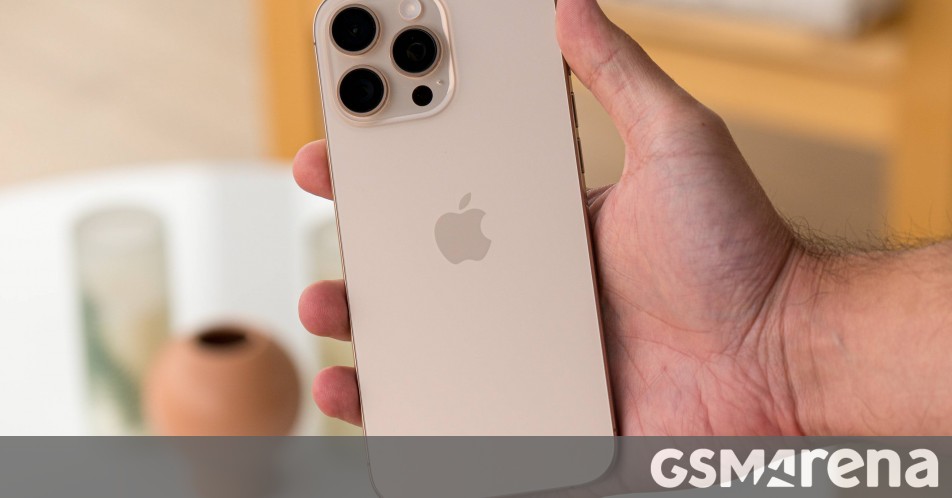
The iPhone 17 Pro Max will come with a larger battery than its predecessor’s 4,685 mAh cell. According to a new rumor out of China today, the iPhone 17 Pro Max will finally be the first iPhone to reach 5,000 mAh.
As you may know, that’s pretty much been the default capacity for flagship Android devices up until recently, when Chinese brands started using Si/C batteries thus taking them past that limit, while Samsung and Google have been content to stay around the 5,000 mAh mark, for now at least.
iPhone 16 Pro Max
Throughout Apple’s iPhone Pro Max line, every new generation brought with it a slight increase in battery size, aside from the iPhone 14 Pro Max which actually had an ever so slightly smaller cell than the iPhone 13 Pro Max.
Source (in Chinese)

Cloud storage is only as good as its security, and this service gets it right. With its eye-catching bundle of lifetime storage plus encryption, you only pay once instead of facing monthly fees like with most providers.
Right now, you can save up to $1,320 and enjoy up to 10 TB of secure, client-side encrypted storage for life. And that’s just the beginning. This platform is also packed with powerful features designed to protect and simplify your digital life.
Claim pCloud Discount Today
pCloud’s price was never its strong suit compared to some of its competitors. Luckily, its mood improved, as we witnessed some of the cheapest online storage deals. So, what’s in it for you? Here are the discounts:
The discounts go up to 70% and allow you to save over $1,300.
The best budget-friendly plan is the 1 TB one. It includes pCloud Encryption, which is normally a paid add-on. As part of the promotion, pCloud includes it natively, without added cost. Heck, you even get a discount!
The promotion applies to new users only; recurring users are ineligible.
It’s worth noting that all three deals come with a 14-day money-back guarantee. This is ample time to test pCloud and gauge its quality. According to our review, it’s excellent, but you’re ultimately the judge.
Online storage has many purposes, but the main one is keeping your files safe and sound. pCloud ticks all the boxes, especially with its Encryption. Is this end-to-end encryption? No. It’s client-side encryption.
It still ensures you’re the only person who can access and view your files. Moreover, pCloud hands you the encryption keys, so you know everything is transparent. This encryption endorses zero-knowledge privacy.
As a result, it provides exceptional file security that its rivals rarely replicate. It’s worth mentioning other pCloud features, such as:
pCloud remains extremely popular as a Swiss-based online storage company. With over 20 million satisfied users (and growing!), it cemented its name as one of the most beloved cloud storage solutions.
This is a unique opportunity to save a ton of cash and reap all the benefits of encrypted cloud storage for life. Remember—there are no recurring payments and hidden fees!
Pay the price you see today and store your files securely.
Save Up to 70% on pCloud
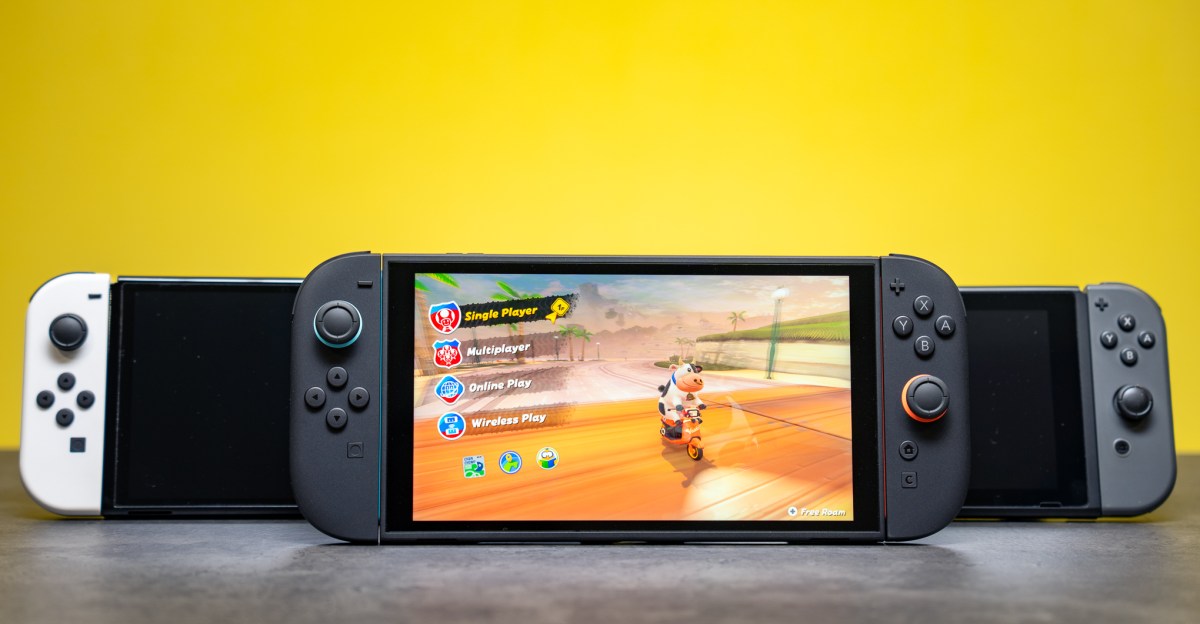
You want your games to play the smoothest they possibly can — but sometimes, screen technology gets in the way. That’s why some of the latest TVs and handhelds feature variable refresh rate (VRR) screens that can compensate when your graphics can’t deliver a consistent 60 or 120 frames per second.
The Nintendo Switch 2 has a VRR screen — and originally, Nintendo advertised that the Switch 2 would also work with your VRR-capable TV. But Nintendo soon scrubbed mentions of docked VRR from its website, and on May 16th, it apologized. “Nintendo Switch 2 supports VRR in handheld mode only,” the company told Nintendo Life, apologizing for “the incorrect information.”
But I’ve just confirmed that the official Nintendo Switch 2 dock does support VRR — by plugging the Steam Deck into it.
In fact, we found multiple rival handhelds can output 4K at 120Hz with both HDR and VRR if you plug them into the Nintendo Switch 2 dock. I saw the same with the Lenovo Legion Go S with SteamOS, and an Asus ROG Ally X with Bazzite. We got the idea from Reddit, where u/DynaMach and others have reported VRR working this way.
It’s not particularly practical to play a PC handheld via Nintendo’s dock, because you’ll need a female-to-male USB-C extension cable and you’ll need to continually hold it against Nintendo’s spring-loaded platform to keep it from getting ejected — but I just so happened to have one of those cables lying around.
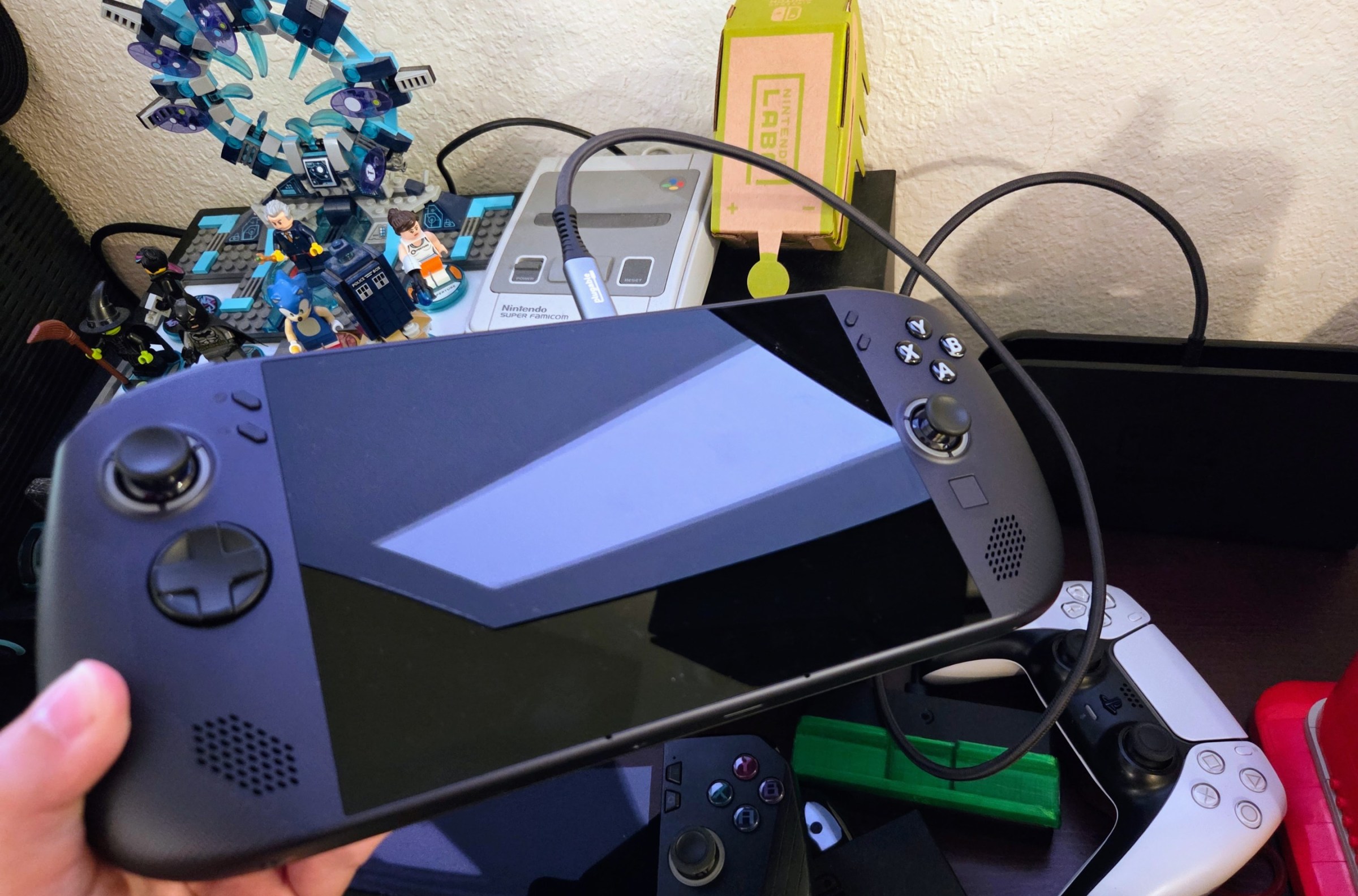
And before you ask, yes, I did actually test that 4K VRR actually works at up to 120 frames per second — I didn’t just trust SteamOS’s flag that it was supported. I downloaded the open-source VRRTest tool and messed with various settings, just to check that intermediate framerates between 48fps and 60fps and 90fps all stayed smooth on my TV.
So if the Switch 2 supports VRR, and the dock supports VRR, why does Nintendo not offer VRR display output from the Nintendo Switch 2?
It would be a boon in many games, whether we’re talking about games like Cyberpunk 2077 that don’t run at 60fps on Switch to begin with, or even games that only occasionally dip below that threshold (say, 55fps) where that dip currently manifests as a big stutter in your gameplay.
Personally, I think it’s possible Nintendo just doesn’t think the Switch 2 is ready to put it on the big screen.
Last month, Digital Foundry found “clear problems” even in the Switch 2’s handheld VRR mode, including judder in Cyberpunk 2077 and No Man’s Sky’s 40fps “performance” modes, and even in Hitman: World of Assassination’s unlocked-but-capped 60fps mode — even though Nintendo’s own Welcome Tour showed proper VRR support.
“Clearly the feature is in there and working, because the Welcome Tour proves it, but the actual implementation in other games so far is disappointing,” Digital Foundry’s Rich Leadbetter explained on a podcast.
But if you’re looking for technical reasons why Nintendo might not pass along VRR to the official dock, Leadbetter tells me he hasn’t yet heard a good theory. He does believe, however, that Nintendo probably made an honest mistake when it wrote, then apologized for writing, that the Switch 2 would support VRR in TV mode. He doubts that Nintendo axed the feature at the last minute.
This is just the latest technological weirdness around the Switch 2’s launch, like we saw when testing the Switch 2’s semi-locked-down USB-C video output and why the best webcams didn’t work.
But as before, Nintendo is staying silent: it didn’t have a comment for our story.
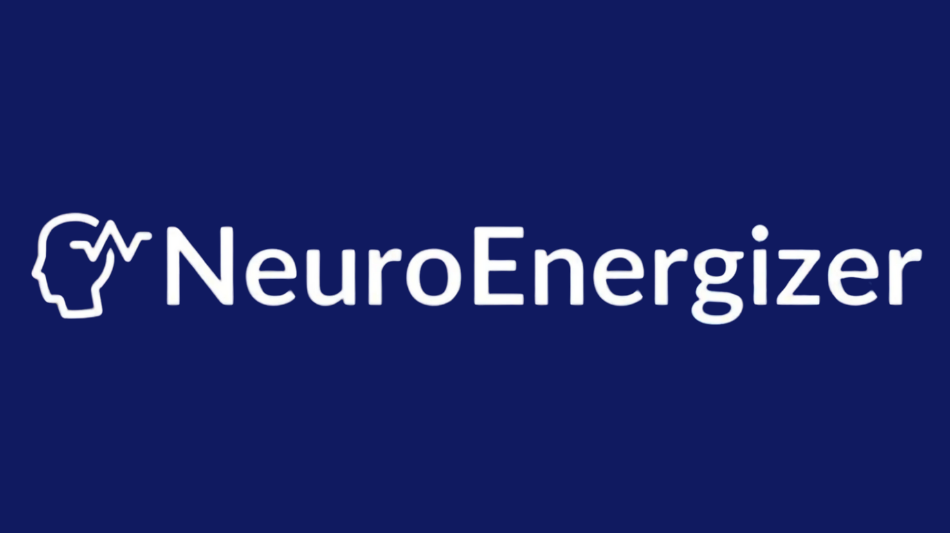
Binaural beat-based audio suite supports focus, rest, and digital clarity with a non-invasive, non-clinical format—now updated for 2025.
Austin, July 03, 2025 (GLOBE NEWSWIRE) —
Neuro Energizer has officially released its 2025 update to NeuroEnergizer™, the company’s flagship binaural beat audio suite designed for non-clinical cognitive support. Positioned at the forefront of the over-the-counter digital wellness category, NeuroEnergizer™ continues to gain traction among consumers seeking passive, sound-based formats for enhancing focus and promoting calm. As public interest grows in non-ingestive mental clarity tools, the program has emerged as one of the most frequently discussed offerings in online wellness forums, thanks to its minimalist design and fully downloadable format.
Section 1 – Introduction: Understanding the Rise of Audio-Based Cognitive Tools
As search patterns surrounding non-clinical cognitive support tools continue to evolve, audio-based formats are becoming an area of growing consumer interest. With increasing public awareness around overstimulation and digital burnout, many individuals are exploring alternative wellness formats that emphasize minimalism and non-ingestive approaches.
Online platforms have seen a noticeable uptick in discussions about binaural beats, a form of auditory stimulation where slightly varied frequencies in each ear create the perception of a new tone in the brain. While not presented as a treatment or guaranteed result-based system, the interest in these programs often stems from a broader curiosity in neuroscience-adjacent self-help strategies.
The growing preference for digital delivery—especially formats that can be used passively while studying, resting, or meditating—continues to shape this segment of the wellness market. As a response, new brands and legacy wellness providers alike are investigating how sound-based tools may offer non-disruptive, low-risk avenues for individuals seeking gentle support for mental clarity.
To access the full program and accompanying materials, visit the official digital platform.
Section 2 – NeuroEnergizer™ 2025 Program Overview and Platform Accessibility Update
Neuro Energizer has released a detailed update on its flagship audio-based program, NeuroEnergizer™, reaffirming its positioning within the growing category of digital cognitive support tools. The product is structured around the use of binaural beats, an auditory method that produces frequency illusions in the brain when two slightly different tones are played in each ear. This approach remains aligned with rising interest in sound-based wellness models that require no supplements or wearable devices.